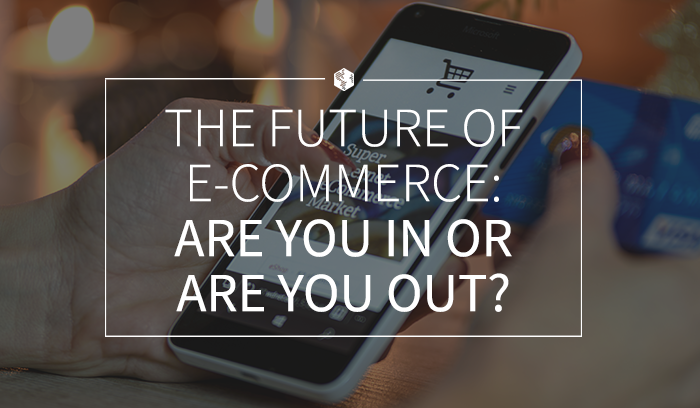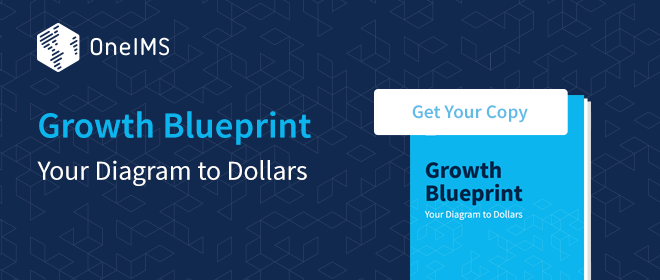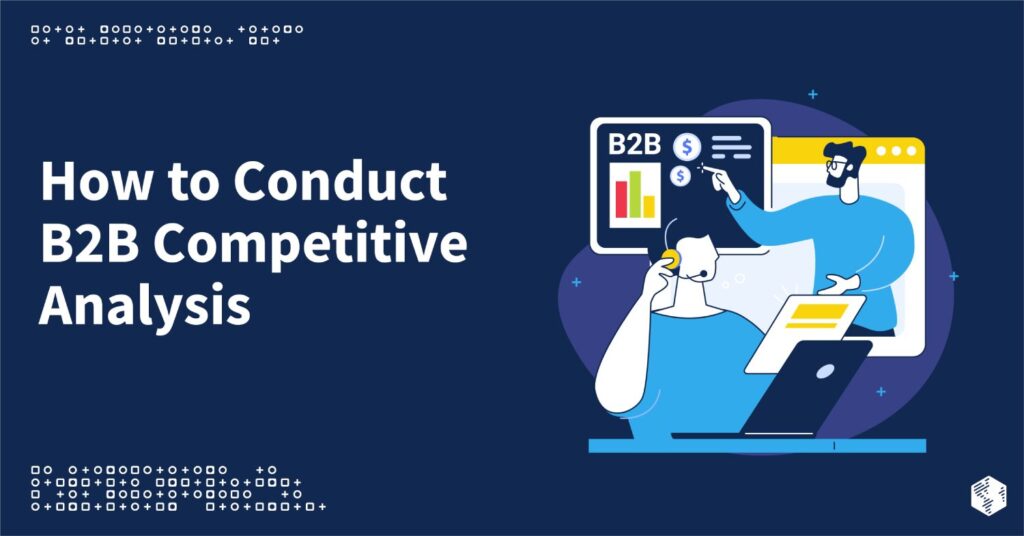This article originally appeared in Forbes. Read the original here.
As an entrepreneur with a digital marketing agency, I can’t imagine starting a business without making use of the internet. Often seen as the great equalizer, the internet is perhaps the most valuable tool for any business.
But being online is not sufficient these days. Consumers don’t just want to find you online; they want to be able to interact and conduct business on their own time and on their own terms. That’s where e-commerce comes into play. Whether buying a product or making a reservation online, the world of e-commerce is getting more and more advanced.
Here are some things you need to know about the future of e-commerce — and what you need to do about it:
Get Mobile Or Get Left Behind
It may be no surprise to many of us, but mobile e-commerce is displacing traditional online shopping. Need some evidence? It’s forecasted that mobile e-commerce will reach $218 billion by 2019. Some estimates note that by 2020, 45% of e-commerce purchases will be done on mobile devices. That’s a lot of purchases!
As a techy, I can certainly say that shopping via my mobile phone is huge. From Amazon to Apple, I’m constantly hitting the “buy now” button directly from my phone. It’s fast and convenient. As a busy entrepreneur with 12-plus hour work days, there’s no time to go to a physical store. And that’s precisely why mobile e-commerce is huge.
If your business sells a product or offers a service that can easily be sold, setting up mobile e-commerce is the next level for your business. Imagine booking a haircut and getting that money in the bank before the customer even makes it to the salon. And of course, getting those late night orders that fill up your inbox the next day. Who doesn’t like those?
From personalized product recommendations to highly advanced systems that offer guided purchases, e-commerce is closing the gap on the in-store experience. Big brands like Sephora are taking things to the next level, with options for consumers to virtually try on products that they can easily buy with just a few clicks. Thanks to machine learning, brands can translate the in-store experience directly to a consumer’s mobile device. And of course, that means more sales.
While personalized shopping used to mean recommendations based on your previous purchases, today’s personalized shopping takes it to a whole new level thanks to advancements in technology.
Create a Community
Perhaps it’s a trust thing, but most of us are more likely to buy something because a friend or family member recommends it to us. In this case, 83% of us are more likely to trust these recommendations, according to a Nielsen study. But we also trust the recommendations of others we don’t know personally: A 2016 survey revealed that 84% of us trust online reviews and recommendations just as much as personal recommendations.
So what does that all mean? It means that buying online is not a solitary activity. To engage and drive purchases, businesses need to create a community around their brand or products. Warby Parker, for example, has taken the concept of community and recommendations to a new level. Who would have thought you could buy eyeglasses online? It’s hard enough to do in person, but now online? And what about posting a photo of you in those glasses to get the community’s input on which look best on you? That’s exactly what Warby Parker created — the ability for consumers to shop for something we never used to do online with input from their social community.
If you aren’t building a community and getting people talking about your brand online, you risk losing out on potential business.
E-Commerce Is Changing
Today’s e-commerce is mobile, personal and engaging. And that’s something every entrepreneur needs to embrace. If you have neglected e-commerce, it may be time to think again. As time goes by, we can only expect things to get more and more sophisticated. From Instagram shopping ads to apps that allow you to do virtual try-ons, mobile e-commerce is way different than it used to be five or even two years ago.
That’s good and bad news for some of us. The good news is we can take advantage of so many new opportunities to reach more consumers and make more sales. The bad news, though, is that you have to keep up or you’ll be left behind.
Take a look at your current e-commerce strategy (or lack thereof) and see how you can embrace the mobile, personal and community-based future of e-commerce.
































